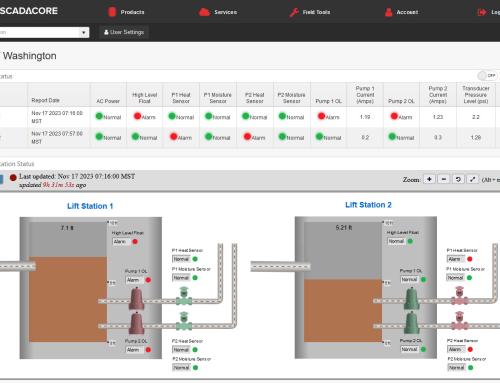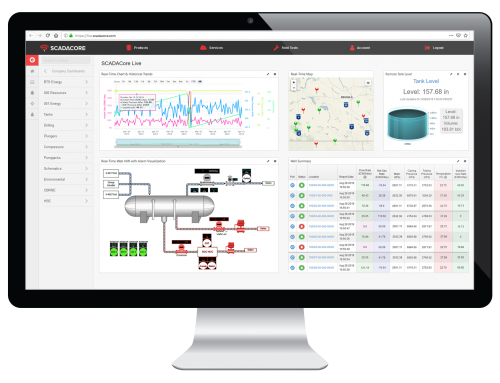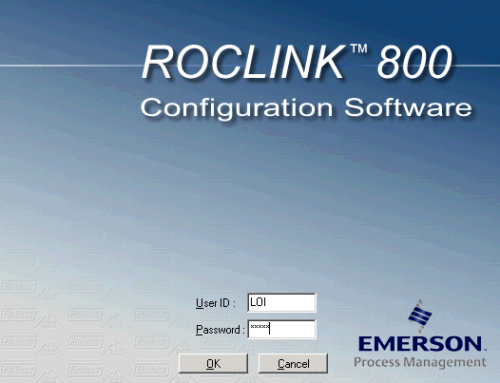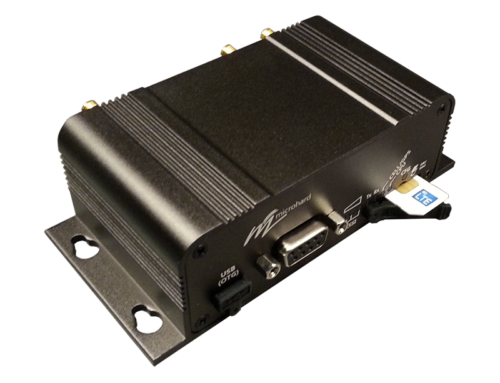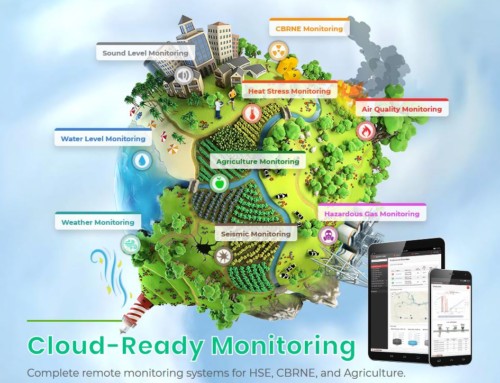CDMA Network End Of Life
Cellular providers accross North America have standardized on the GSM network for a variety of reasons (http://www.pcmag.com/article2/0,2817,2407896,00.asp). As consumers we are left to find a solution to the end of life of the CDMA network.
For the US this means that old hardware that used the CDMA network on the Verizon network among others will need to be replaced before the technology is officially “sunsetted” (http://www.fiercewireless.com/story/verizon-wireless-sunset-2g-and-3g-cdma-networks-2021/2012-10-10). Luckily for the U.S. carriers there are still 5-7 years remaining to convert to the GSM network. This will allow most modem users to convert over by attrition rather than being forced.
Unlike the US, the Canadian carriers (mainly Telus) are forcing their consumers to convert their network to the new HSPA/LTE network in 2015 (http://mobilesyrup.com/2013/10/17/telus-aims-to-shut-down-its-cdma-network-in-2015/). This will likely mean a rush near the end of the network to get the remaining sites converted over.
Here is a quick primer on what is needed to convert from the old Raven 1X CDMA modems to the new LS300 or Microhard IPn3GB modems.
What needs to be replaced?
Every install will be a little different but for the most part an install done using the CDMA technology will require 3 new components.
- GSM or HSPA compatible Modem
- GSM or HSPA compatible Antenna
- GSM or HSPA compatible Lightening Arrestor or RF surge protector (Depending on the location of the install this may not be neccessary)
Modems
Replacement modems can be provided by several companies, we’ll focus on the 2 biggest in Canada Microhard and Sierra Wireless. Generally in SCADA speed up to 3G is more than sufficient to transfer the needed data. We are not streaming movies we are simply transferring small data packets. You will not see the benefit of going to a 4G/LTE modem when working with Web SCADA.
Microhard
Microhard offers a wide-selection of modems to support your peripherials or speed needs. When hazardous ratings are not required the 3G Bullet is a good inexpensive choice for a CDMA replacement

http://www.microhardcorp.com/Bullet-3G.php
If the modem is to be installed in a classified Class 1 Div 2 environment the IPn3Gb is the perfect choice. Offering an additional RS485 port without the need for a 3rd party RS232 to RS485 converter.

http://www.microhardcorp.com/IPn3Gb.php
Sierra Wireless
If you prefer to stay with the Sierra Wireless products that newest replacement is the LS300. It is compact and simple to use. The web interface is similar to the Raven software for developers keen on familiarity.

Antennas
Antennas can be a little tricky, the easiest option is a multi-band antenna that can handle all the ranges of the Modem. Dual band antennas will usually support a range between 800-925MHz and 1580-1990MHz. These are the frequencies used for most GSM/HSPA providers (https://en.wikipedia.org/wiki/Telus_Mobility).
Surge Protectors
Surge Protectors are needed if the antenna is extended outside the box. This is likely only used in field installations but communications from you modem to your antenna will not work without the current Surge Protector.
The Polyphaser PCT-TSX-NFF is the best choice for price and frequency range (http://www.smithspower.com/brands/polyphaser/products/rf-surge-protection/tsx-nff). The range is usually wider than the antenna but must encompass the ranges.

